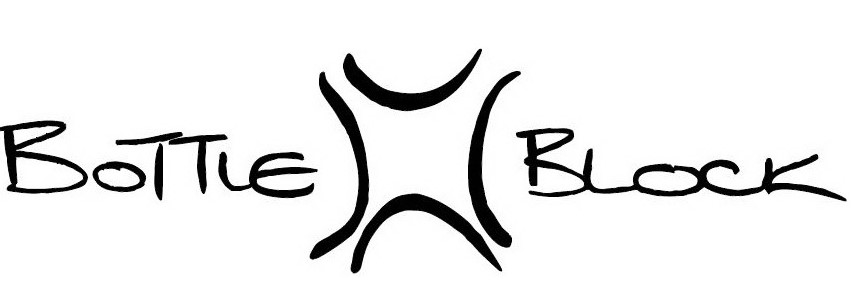Wine Storage
Smart Wine Storage at Home in the UK: A Quick Guide
Why Wine Storage Actually Matters
Wine is more delicate than it looks. It’s constantly changing in the bottle — and how you store it can make or break the flavour.
Here’s what wine doesn’t like:
| Trouble Factor | What It Does to Wine |
|---|---|
| Heat | Speeds up ageing, ruins flavour |
| Light (especially UV) | Causes off-flavours and fading taste |
| Vibration | Disturbs sediment and structure |
| Temperature swings | Breaks down wine chemistry |
| Dry air | Shrinks corks, lets in oxygen |
1. Keep It Cool
Ideal storage temperature: 10–15°C
Most UK homes: 16–22°C — still okay if it’s stable
| Good Spots | Avoid |
|---|---|
| Under the stairs | Conservatories or sunny rooms |
| North-facing cupboards | |
| Spare bedrooms or wardrobes |
Key takeaway: It’s not about hitting the perfect number — it’s about avoiding extremes and keeping it consistent.
2. Humidity: Balance Is Best
Wine likes a bit of humidity — ideally 60–70%. In the UK, we usually hit this naturally.
| Too Dry | Too Damp |
|---|---|
| Corks shrink; wine oxidises | Mould and ruined labels |
Tip: Avoid damp basements or bone-dry, overheated rooms in winter.
3. Darkness = Freshness
UV light breaks down wine over time. That’s why most bottles are dark.
Where to store:
✔ Inside a cupboard, wardrobe, or drawer
✘ Not near windows or under bright lights
If you’re using a display rack, make sure the glass is UV-filtered.
4. Lay Bottles Flat (Mostly)
| Bottle Type | How to Store |
|---|---|
| Corked wines | On their side |
| Screw caps/synthetic corks | Upright or sideways |
| Sparkling wine | Upright is fine |
Keeping corks moist helps keep the air out. But for wines you’ll drink soon, upright is okay too.
5. Stillness Matters
Wine hates being shaken up.
| Avoid storing near… | Because… |
|---|---|
| Washing machines or fridges | Constant vibration |
| Subwoofers or speakers | Bass shakes things up |
| Busy hallways or upstairs floors | Too much daily movement |
Best Places to Store Wine at Home
| Great Choices | Why They Work |
|---|---|
| Under the stairs | Cool, dark, low vibration |
| Spare bedroom wardrobes | Out of the way, no temperature spikes |
| North-facing utility rooms | Naturally cooler all year round |
| Wine fridge | Precise control if you’re investing |
Worst Places for Wine
| Places to Avoid | What’s Wrong With Them |
|---|---|
| Kitchen | Heat, steam, smells, and light |
| Conservatory | Too much sunlight and heat |
| Garage (unheated) | Freezing temps in winter |
| Near appliances | Constant noise and vibration |
How Long Can You Store Wine?
| Wine Type | Store For | Notes |
|---|---|---|
| Everyday (£5–15) | 1–2 years | Best drunk fresh |
| Mid-range (£15–30) | 2–5 years | Many reds and whites improve |
| Premium (£30+) | 5–10+ years | Only certain styles benefit |
| Fortified (Port, etc.) | 10–50+ years | Built to last |
Quick Tips to Get Started
| ✔ Do This | |
|---|---|
| Start small (12–24 bottles) | |
| Use a wooden wine rack | |
| Keep notes of what you’re storing | |
| Check if your insurance covers it |
Final Sip: Simple Storage = Better Wine
You don’t need a perfect cellar or fancy equipment — just a bit of consistency. Find a cool, dark, quiet corner in your home, lay your bottles on their side (if corked), and enjoy watching your collection grow.
Cheers to better wine at home.
